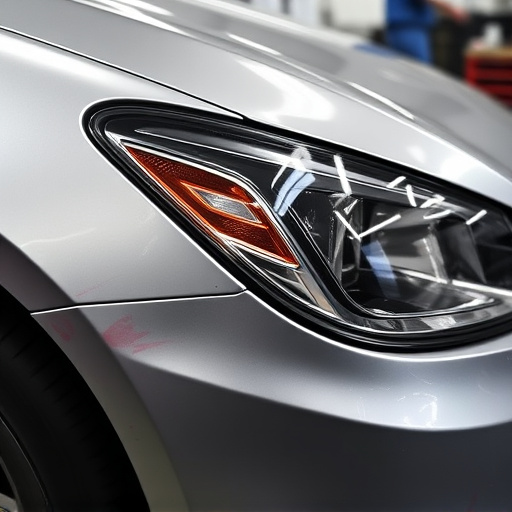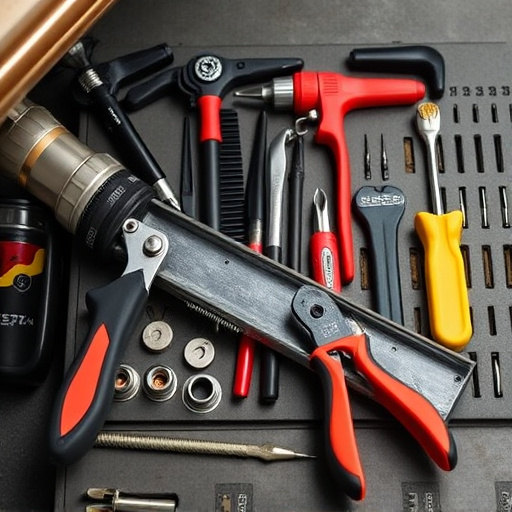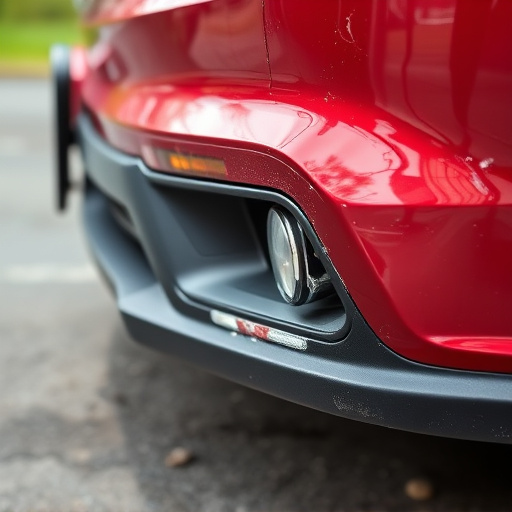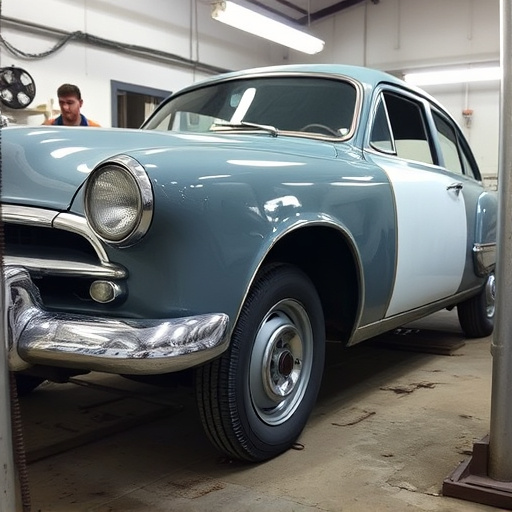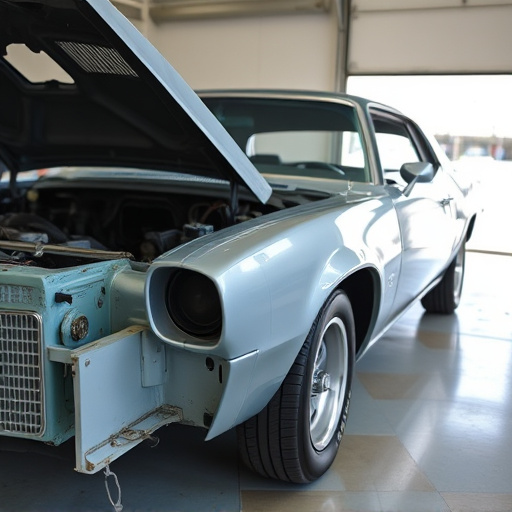Modern auto body panels, made from advanced composites like fiberglass, carbon fiber, and lightweight alloys, offer superior strength, durability, crash performance, and corrosion resistance compared to traditional metal. In luxury vehicle repair, these materials are crucial for structural integrity and aesthetic appeal. New auto body panels, created with CAD design and 3D printing, enable faster, higher-quality repairs that restore vehicles to pre-collision conditions. While costly, their benefits include enhanced structural integrity, advanced safety features, seamless fit, preservation of resale value, and improved durability.
In today’s world, efficient and effective post-collision repairs are paramount. This is where new auto body panels play a pivotal role, offering advanced solutions for safer and more sustainable vehicle restoration. This article delves into the innovative materials and cutting-edge technology behind these panels, exploring their benefits while also addressing challenges in implementation. From precision manufacturing to enhanced structural integrity, discover how new auto body panels are revolutionizing the automotive repair industry.
- Understanding Modern Auto Body Panels: Innovations and Materials
- The Role of Technology in Creating Precise Replacement Parts
- Benefits and Challenges of Using New Auto Body Panels for Repairs
Understanding Modern Auto Body Panels: Innovations and Materials
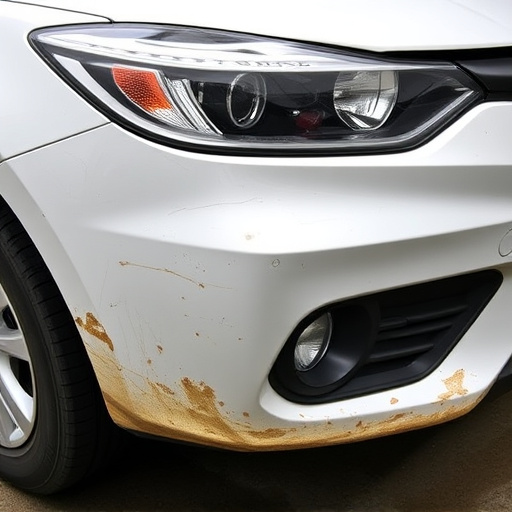
Modern auto body panels have evolved significantly from their traditional metal counterparts. Today, innovations in materials science have led to the development of advanced composites, such as fiberglass, carbon fiber, and lightweight alloys, offering improved strength-to-weight ratios and enhanced durability. These new materials not only reduce vehicle weight, contributing to better fuel efficiency, but also provide superior crash performance and corrosion resistance.
In the realm of luxury vehicle repair, like Mercedes Benz repair, these advanced panels play a crucial role in maintaining the integrity and aesthetic appeal of vehicles. For instance, carbon fiber panels are increasingly used in high-end cars for their exceptional strength and unique visual appeal. Vehicle restoration experts leverage these new materials to achieve precise repairs, ensuring that restored vehicles look as good as new.
The Role of Technology in Creating Precise Replacement Parts
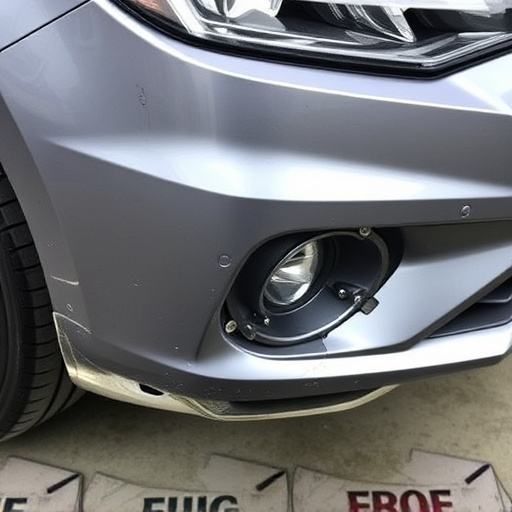
In the realm of auto body repairs, technology plays a pivotal role in ensuring precise and efficient replacement of new auto body panels. Advanced manufacturing techniques, such as computer-aided design (CAD) and three-dimensional printing, allow for highly accurate replication of original vehicle components. This not only guarantees a seamless fit but also maintains the structural integrity of the vehicle, enhancing safety and performance.
These technological advancements streamline the process of creating body panels, enabling body shop services to deliver faster turnaround times without compromising on quality. By leveraging sophisticated software and precision engineering, automotive collision repair professionals can now access a wide range of new auto body panels tailored to specific makes and models, thereby restoring vehicles to their pre-collision condition with enhanced durability and aesthetic appeal.
Benefits and Challenges of Using New Auto Body Panels for Repairs
Using new auto body panels for post-collision repairs offers several significant advantages. These include enhanced structural integrity and safety features, as modern panels are designed with advanced materials and manufacturing techniques that meet or exceed original equipment standards. Additionally, they ensure a seamless fit and finish, maintaining the vehicle’s aesthetic appeal. This is particularly crucial for preserving the car’s resale value.
However, there are challenges associated with implementing new auto body panels. The initial cost can be higher compared to traditional or aftermarket parts, making it a significant investment for repair shops and vehicle owners. Moreover, specialized training may be required for technicians to work with these advanced materials, which could increase labor costs. Despite these hurdles, the benefits of using new auto body panels in autobody repairs far outweigh the challenges, leading to more efficient and effective vehicle restoration.
New auto body panels are transforming post-collision repairs, offering both enhanced precision and cost-effectiveness. Advancements in materials science and technology have made these panels lighter, stronger, and more customizable than ever before. While initial costs may be higher, the benefits of using new auto body panels—including improved structural integrity and reduced repair times—make them a smart choice for both repair shops and vehicle owners. As this technology continues to evolve, we can expect even better outcomes in the future for those involved in post-collision repairs.


